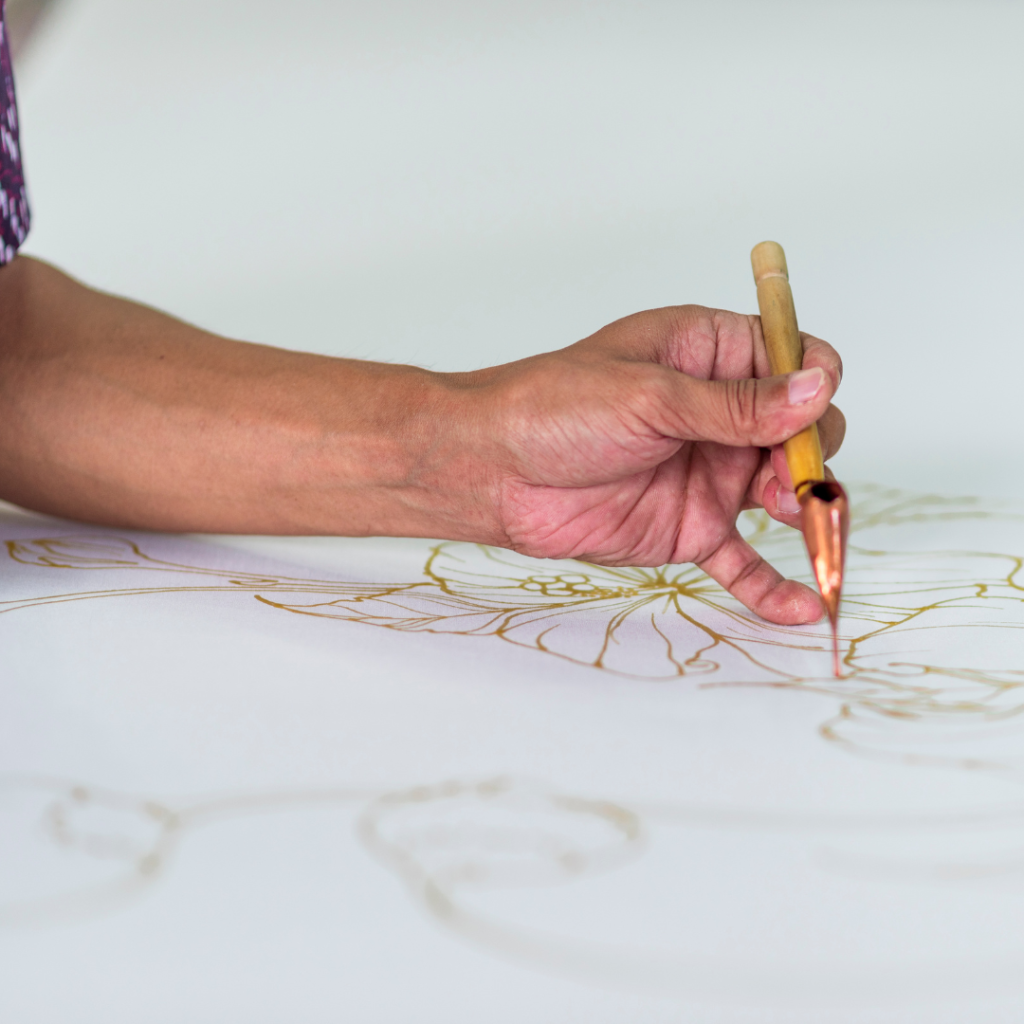As you get into the world of art, you’ll find that there are many different styles. Painting styles can vary in their perspective and composition, and they can also have varying levels of realism. So how do you tell them apart? It’s easier than you think!
Impressionism
Impressionism is a painting style characterized by short brushstrokes and light colours. These paintings often depict scenes from nature, such as landscapes or seascapes. Some of the most famous impressionist painters include Claude Monet, Pierre-Auguste Renoir, and Camille Pissarro. Impressionism began in the late 1800s and continued into the early 1900s. If you’re looking at a painting and you can see the brushstrokes, it’s likely an impressionist painting. If the colours are light and airy, that’s another clue that you’re looking at an impressionist work of art.
Expressionism
Expressionism is a painting style that’s characterized by the artist’s use of colour and brushstrokes to express their emotions. This style of painting can be very expressive. It often uses bold colours to convey the artist’s feelings. Expressionist paintings are often abstract. There are many ways you can interpret an expressionist painting.
Conceptual Art
Conceptual art is all about the idea behind the artwork. The artist may use any medium they wish to convey their concept, and the final product is often more important than the physical object. This type of art often challenges traditional ideas about what art is and can be very thought-provoking.
Cubism
Cubism was a painting style that emerged in the early 20th century. It was characterized by its abstract, geometric forms and its use of different perspectives. Cubist paintings often featured objects broken up into small, cube-like shapes. One of the most famous Cubist painters was Pablo Picasso. His painting “Les Demoiselles d’Avignon” is considered to be one of the first Cubist paintings. Other notable Cubist painters include Georges Braque and Juan Gris.
Art Nouveau
Art Nouveau was a popular painting style that emerged in the late 1800s. It’s characterized by its use of curves and lines, as well as its focus on nature and organic forms. Many art nouveau paintings feature flowers, trees, and other natural elements. This style was used by many famous painters, including Alphonse Mucha and Gustav Klimt.
Pop Art
Pop Art is a painting style that emerged in the mid-20th century. It’s characterized by bold colours and simple, often repetitive, images. These paintings are often of popular culture subjects such as celebrities, advertising, and product packaging. The Pop Art movement began in the 1950s in Britain, but it took off in the United States in the 1960s. American artists like Andy Warhol and Roy Lichtenstein were leaders of the movement. Their work was very different from traditional painting styles at the time and caused quite a stir.
Today, Pop Art is still popular and you can see its influence in many contemporary artworks. If you’re ever at an art museum or gallery, keep an eye out for Pop Art paintings!
Realism
Realism in painting is all about creating an accurate representation of the subject matter. This can be achieved through several different techniques. These include the use of light and shadow, perspective, and realistic colours. One of the most important aspects of realism is the accurate depiction of light and shadow. Shadows can be useful in creating a sense of depth and dimensionality. Also, light can be useful in highlighting certain features or creating a sense of space. Perspective is another key element of realism. By using perspective, artists can create a sense of distance and scale. This is often done by making objects in the foreground appear larger than those in the background. Finally, realistic colours are essential for creating a believable scene. Colours should be carefully chosen to accurately represent the different objects in the scene. A good grasp of colour theory is necessary for this style of painting.
Surrealism
Surrealism is a painting style that emerged in the early 20th century. It’s characterized by its use of images that are often bizarre or dreamlike. Surrealist paintings often feature elements of surprise, unexpected juxtapositions, and non-sequiturs. They are often playful and humorous. There are many different ways to interpret a surrealist painting.
Photorealism
Photorealism is a painting style that emerged in the 1960s and 1970s. It’s characterized by its incredibly realistic depictions of subjects. These paintings are often based on photographs. And the artists strive to achieve an ultra-realistic look by mimicking the photo as closely as possible. This can be achieved through hyper-realistic details, intense colours, and extreme lighting effects. Photorealism might sound like a relatively new painting style. But it has its roots in early 20th-century America. Artists like Charles Sheeler and Edward Hopper were experimenting with realism and abstraction long before the term “photorealism” was coined. However, it wasn’t until the 1960s that photorealism came into its own as an art movement.
Today, photorealism is still going strong. There are many contemporary artists using photography as their starting point. If you’re looking for a truly lifelike painting, then a photorealist work of art is sure to impress.

